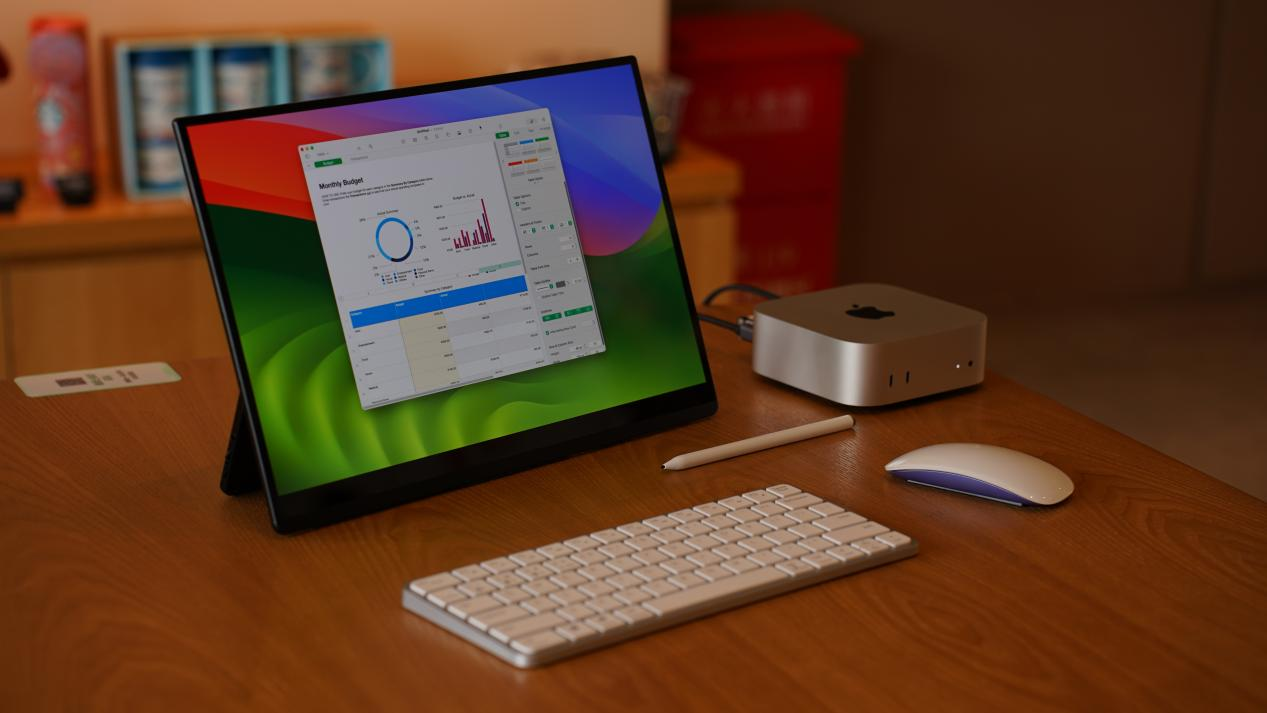OLED vs Mini LED: The Battle of Display Technologies
In the rapidly evolving field of display technology, OLED and Mini LED, as the two major mainstream high-end technologies, are leading the visual revolution from televisions to monitors, from mobile phones to VR devices. These two technologies have their own supporters and each has its own unique features.

Technical Principle: The Essential Difference Between Self-Luminous and Back-Lit
OLED (Organic Light-Emitting Diode) and Mini LED represent two completely different display technology routes. The core difference between them lies in the fundamental difference of the light-emitting mechanism. The self-luminous characteristic of OLED makes it unique in display technology. This technology utilizes the electroluminescence phenomenon of the organic material layer - when an electric current passes through, the electrons and holes in the organic material combine in the light-emitting layer, directly generating photon emission.
In contrast, Mini LED is not a completely new display technology; rather, it is an upgrade and evolution of the traditional LCD technology. Its full name should be "LCD display with Mini LED backlighting". The core innovation of Mini LED lies in the backlight module - it reduces the LED light bulbs in the traditional LED backlighting, which are of millimeter-sized, to a size of 100-200 micrometers. This enables more miniature LED bulbs to be accommodated within the same area, forming a high-density array.

Picture quality performance
Picture quality is the core value of display technology. OLED and Mini LED each have their own strengths in picture quality performance, resulting in different style orientations. Through the three key dimensions of contrast, brightness and color.
Contrast and black level performance: The absolute advantage of OLED
Contrast is one of the most crucial quality parameters of display devices, determining the dynamic range of the picture from the brightest to the darkest. In this regard, OLED has established an insurmountable advantage due to its self-illuminating property. OLED displays can achieve theoretically unlimited contrast because its pixels can be completely turned off, presenting a true "absolute black".
Brightness performance: The strong area of Mini LED
Brightness has traditionally been a weakness of OLED, but it is a significant advantage of Mini LED. Mini LED, with its high-density LED backlighting, can achieve higher peak brightness. Currently, the brightness of high-end Mini LED displays generally reaches 1500-2000 nits, or even higher. This astonishing brightness performance enables Mini LED to handle HDR content with ease, accurately reproduce high-light details, and provide a more impactful visual experience.

Color representation: The choice between accuracy and vividness
Color representation is another important dimension in evaluating image quality. OLED and Mini LED also exhibit different characteristics in this aspect.
OLED, due to the fact that each pixel emits light independently and does not require a color filter, presents colors in a more direct and pure manner. Professional testing data shows that the DCI-P3 color gamut coverage of OLED displays typically reaches 90%-99%, and the color accuracy (DeltaE) is generally less than 2, which means that the human eye can hardly detect color deviations.
The color performance of Mini LED displays largely depends on the type of LCD panel used and the backlighting technology. By adopting quantum dot technology (such as QD-Mini LED), Mini LED displays have been able to achieve color gamut coverage comparable to that of OLED. However, due to the fact that light must be modulated through the liquid crystal layer and color filter, Mini LED still lags behind OLED in terms of color purity and smoothness of transitions, especially when it comes to representing low-brightness colors, where a slight haziness may occur.

In terms of color temperature and color style, OLED is generally regarded as having more "intense" and "appealing" colors, while Mini LED tends to "faithfully reproduce" the original colors. This difference makes OLED more suitable for ordinary users who seek visual impact, while some professional users such as photographers and designers may prefer the accurate style of Mini LED.





Leave a comment
This site is protected by hCaptcha and the hCaptcha Privacy Policy and Terms of Service apply.